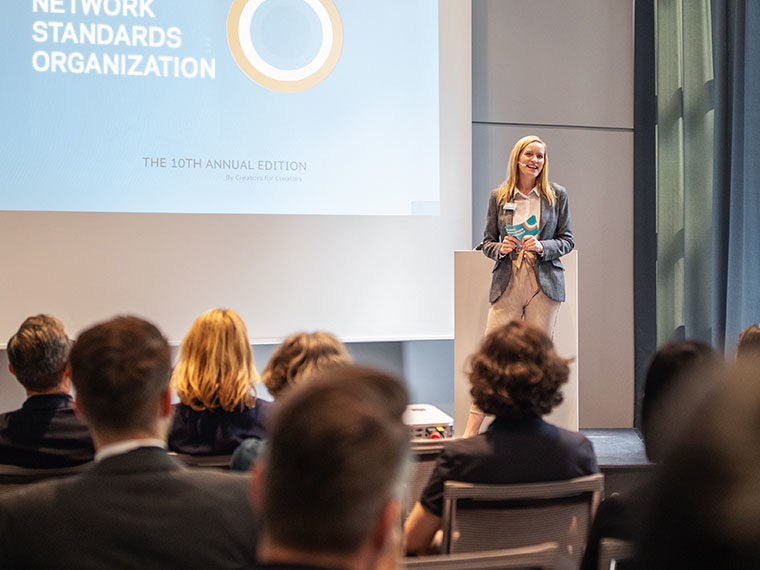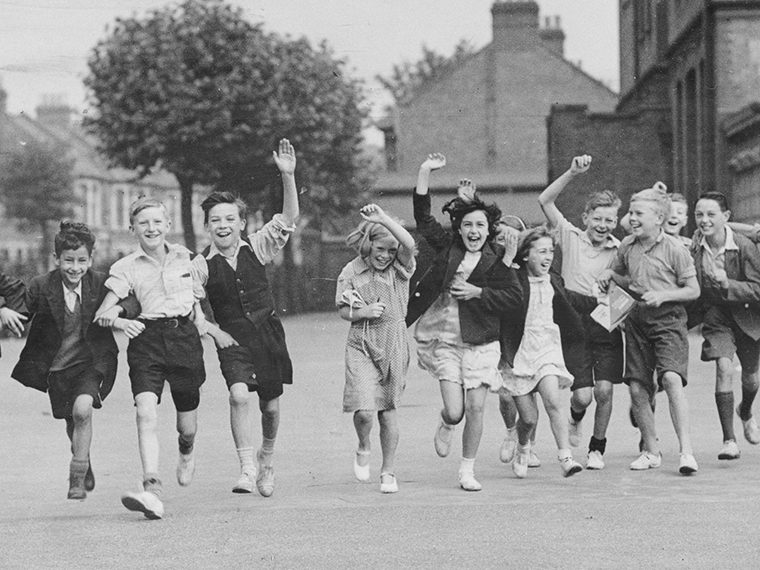Cultural norms — reading and the calendar — affect native English-speakers’ motioning constructs
In the English-speaking world, when talking about time we tend to rely on spatial metaphors that run along a forward/backward plane. A deadline is just around the corner. A birthday is rapidly approaching. Last week’s test is behind us.
Yet when we add hand gestures into those descriptions we don’t necessarily stick to a forward/backward construct. We tend to go lateral: We motion to the left to denote the past and to the right to denote the future.
Opt In to the Review Monthly Email Update.
After much research and much debate, there’s now general agreement in academia that cultural norms in the English-speaking world seem to drive the left-right gestural construct when describing time. Our reading and writing moves from left to right. A calendar, a physical manifestation of time, moves from left to right.
Culture Drives Descriptions of Time
Given that reading and writing are learned, it raises the question of how the use of gesture and the plane used (lateral or forward/backward) plays out in a child’s development.
Research published in Cognitive Science finds that children as young as 6 years old are able to add a hand gesture to a verbal description of time, and they are far more likely to lean on the left-right lateral motioning construct than adults.
Queen’s University-Belfast’s Patrick Burns, Teresa McCormack, Agnieszka J. Jaroslawska and Patrick A. O’Connor, along with UCLA Anderson’s Eugene M. Caruso, studied the hand gestures of more than 90 children in three distinct age bands: 6-7, 9-11 and 13-15. Another 40 adults were observed to serve as a control group of sorts.
All participants were explicitly instructed to describe with words and hand motion the difference within six pairs of time terms: tomorrow versus yesterday, last week versus next week, this morning versus yesterday, tonight versus last year, tomorrow versus next week, and last week versus next year.
(The proctors on this exercise were instructed to hold their script with two hands while reading the instructions to the participants, to prevent the proctors from in any way influencing the use of a specific gesture.)
The maximum number of gestures per participant was 12. At least one hand gesture was recorded for 70% of the youngest group and nearly 9 in 10 of the 9-11-year-olds. All the teens and adults made at least one gesture.
At the youngest age, children relied on the lateral gesture nearly 83% of the time, far more than the 58% of adults who used the left-right construct. But the research suggests there is no straight-line developmental path at play. The 9-11-year-olds’ lateral motioning was more in line with adults (68%), while the older 13-15-year-olds behaved more like the youngest children, using the lateral motion more than 90% of the time. The researchers left that conundrum to future research.
Hand Gestures Reflect the Magnitude of Time Difference
They did find a stair-step age progression in the use of hand gestures calibrated to connote the magnitude of difference in two times. When there was a big difference in the time pairs (e.g., last week versus next year) deploying a hand gesture that captured the magnitude of the difference rose from less than 40% of the youngest children to two-thirds of adults.
“Although time-space mappings can be observed early in children’s gestures, there are further improvements in gesture use as children become more familiar with conventional time-space mappings and time systems,” they write.
Featured Faculty
-
Eugene Caruso
Associate Professor of Management and Organizations and Behavioral Decision Making
About the Research
Burns, P., McCormack, T., Jaroslawska, A.J., O’Connor, P.A., Caruso, E.M. (2019). Time Points: A Gestural Study of the Development of Space-Time Mappings. Cognitive Science, 43(12), e12801. https://doi.org/10.1111/cogs.12801






